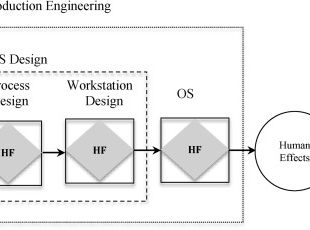
Understanding the Relationship Between Business Process Management and Internal Controls Management

In modern organizations, efficient Business Process Management (BPM) and robust Internal Controls Management (ICM) are essentials to achieving business objectives and maintaining regulatory compliance. The diagram above illustrates the dynamic interplay between BPM and ICM, showcasing how these two frameworks work together to drive performance, manage risks, and ensure accountability. Dive into each component and explore how this synergy benefits organizational success.
Business Process Management: Designing and Monitoring Workflow
BPM encompasses the Design, Execution, and Monitoring of business processes. Here’s how each phase contributes to an organized workflow:
Design: The process begins with defining business objectives and designing workflows that align with these goals. This is where a Process Expert translates strategic goals into actionable tasks.
Execution: Once the processes are designed, they are put into action. The execution phase involves following the designed steps to accomplish specific objectives, ensuring that operations run as planned.
Monitoring: To ensure that the processes are effective, BPM incorporates ongoing monitoring, allowing for adjustments when necessary. This real-time oversight is critical for identifying inefficiencies or deviations from the intended workflow.
Each stage within BPM is followed by Verification, a crucial step that ensures the process design meets organizational standards. By following a structured BPM approach, organizations can achieve streamlined operations, consistent quality, and greater agility.
Internal Controls Management: Risk Assessment and Certification
Parallel to BPM, Internal Controls Management focuses on maintaining control over the organization’s operations to minimize risks. ICM includes the following components:
Risk Assessment: This stage identifies potential risks within processes. Risk assessment helps prioritize areas that require stringent controls, preventing operational or financial issues.
Design and Testing: After assessing risks, control mechanisms are designed and rigorously tested. This process ensures that each control is effective in mitigating specific risks, aligning with the organization’s control objectives.
Certification: Once internal controls have been designed and tested, they undergo certification. Certification confirms that the processes adhere to regulatory requirements and internal standards, ensuring standard transparency and accountability.
The certification stage is critical as it formalizes the organization’s commitment to regulatory compliance, aligning with the needs of internal and external auditors.
The Interaction Between BPM and ICM
The diagram highlights the interdependence of BPM and ICM, showing that both frameworks feed into each other. For instance:
Feedback Loops: Continuous feedback from internal controls can lead to process re-design or re-engineering in BPM, especially when risks are identified during the monitoring phase.
Verification and Certification: Verification in BPM and certification in ICM are interconnected, as verified processes are easier to certify, streamlining compliance efforts.
Internal and external auditors play a significant role in this structure. Internal Auditors ensure that internal processes align with control objectives, while External Auditors assess compliance with legal regulations, creating a comprehensive compliance ecosystem.
Conclusion: Achieving Business Objectives with BPM and ICM Integration
The relationship between BPM and ICM forms the backbone of a resilient organizational structure. Through efficient process management and robust internal controls, companies can mitigate risks, enhance operational efficiency, and ensure compliance with regulatory standards. Understanding this relationship allows organizations to navigate complex operational landscapes confidently, building a foundation for sustained success.




